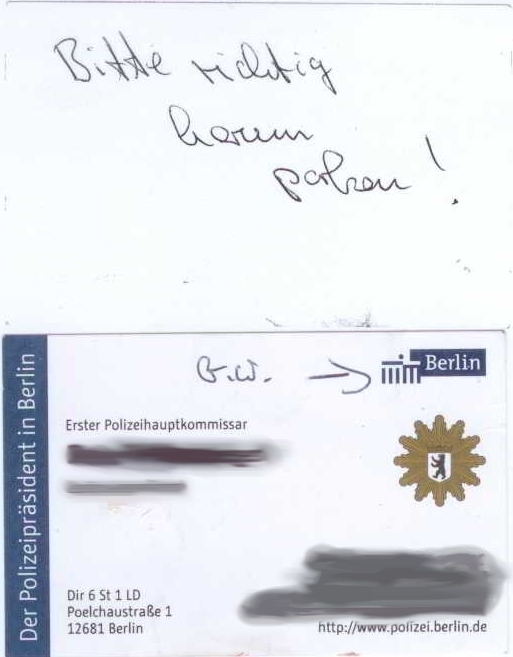

The Brandenburger Tor/Brandenburg Gate lies at the heart of the Historic Mitte/Historic Centre of Berlin. It was the backdrop to the events of 9th November 1989 that unfolded on television screens around the world and to which several people have made reference in their comments on my previous post about the Berlin Wall. As can be seen in my photograph above, it has now been fully restored to its former glory and it is hard to imagine the concrete panels of the Wall dividing east from west, that used to run directly in front of it.
A short distance south of the Brandenburg Gate is Potsdamer Platz, which until the Second World War, was the bustling heart of the city. Post 1945, it lay in ruins and was then divided by the Wall. Since reunification of the two German states in 1990, Potsdamer Platz has been completely redeveloped and now more resembles Manhattan than a European capital city. The photograph on the left is of the Sony Centre with its spectacular steel and glass roof. Below are pictured three skyscrapers which would not look out of place on the New York skyline.


In between the Brandenburger Tor/Brandenburg Gate and Potsdamer Platz is the Denkmal für die Erdemordeten Juden Europas, usually known simply as the Holocaust Memorial. Finally opened in May 2005, after many years of debate regarding its design and construction, the 2711 sarcophagi-like columns that rise up in silence across undulating ground, commemorate the Jewish victims of the Nazi-orchestrated genocide of World War Two.

It is often forgotten or not even realised by many people today, that Jews were not the only victims of the Nazis. Just across the road from the Holocaust Memorial, in the edge of the Tiergarten, there is now a small memorial to Homosexuals who were also victims of the regime. And on our third day in Berlin, a new memorial, also located in the Tiergarten, commemorating Sinti and Roma victims, was officially opened by Chancellor Angela Merkel. The picture above is the nearest we could get to it due to understandable security restrictions being in place. But you can see it and read more about it, in this BBC News report.

The reunification of Berlin has allowed the restoration of older buildings which had been in disrepair for many years. This is the Reichstag, home of the German parliament until seriously damaged by fire in mysterious circumstances in 1933. It suffered further damage during World War Two. With the decision to move the capital of a united Germany back to Berlin, the Reichstag underwent a complete reconstruction led by the British architect Norman Foster. After its completion in 1999, the building once again became the meeting place of the Bundestag, the lower house of the German parliament.

However, some buildings have been transformed and are now hardly recognisable from their pre-1945 appearance. A good is example is the main railway station – Berlin Hauptbahnhof.

East Berlin was the capital of communist controlled East Germany. Inevitably here, you can still find plenty of examples of severe communist era architecture. This is Alexanderplatz, created during the 1960s and rightly described as ‘soulless and without trees’ by our guidebook. This despite post-unification attempts to temper the socialist look with a few small trees in the distance!

Nearby, I photographed this classic example of communist era housing, still looking horribly drab.

Dating from a different era, this is the Olympiastadion/Olympic Stadium, built in 1936 as a showcase for Hitler’s Nazi Germany. In more recent years, it has been modernised, specifically for the Football World Cup Finals in 2006. It is also the home of Hertha Berlin, the city’s leading football club.
One thing Sybille was very keen to do whilst we were visiting the German capital, was to enjoy a Berlin culinary speciality – a Currywurst. Here she is, experiencing her first Currywurst for many years with appropriate liquid refreshment 🙂









